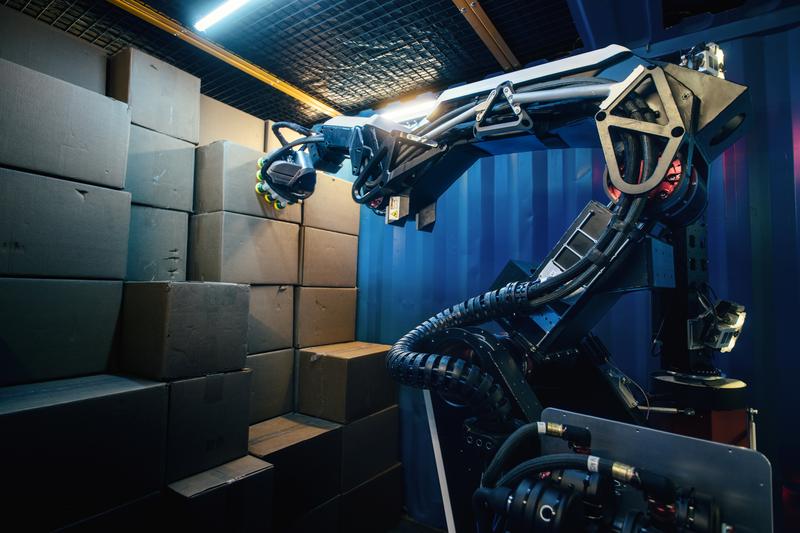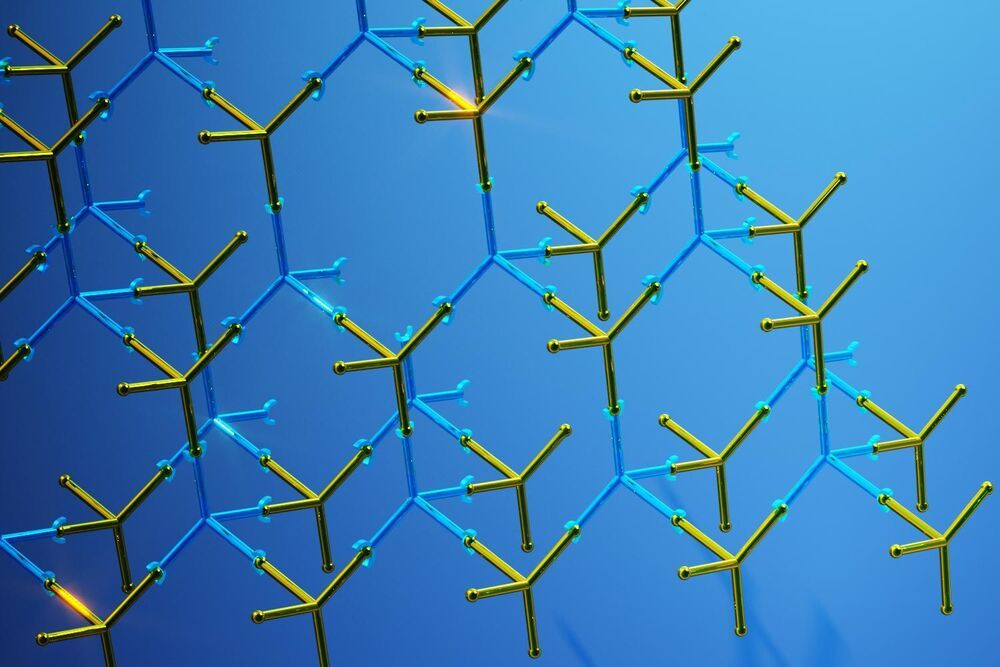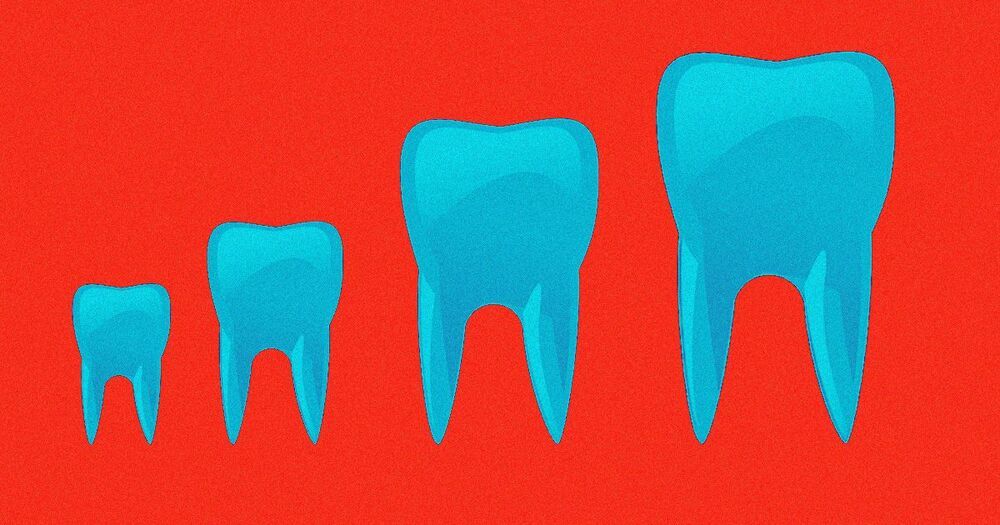Sun, may 23 — may 24.
Interested.


Sorry, we’re having trouble playing this video.
Learn More.
Reuters.
· tSpotnlso3rhoed ·
U.S. robotics company Boston Dynamics unveiled a new robot called ‘Stretch,’ designed to perform one very specific warehouse job: moving boxes https://reut.rs/3… See More.
U.S. robotics company Boston Dynamics on Monday unveiled a new robot called Stretch, designed to perform one very specific warehouse job: moving boxes.
A team from Georgia Tech has just announced a world-first: a 3D-printed rectifying antenna the size of a playing card that can harvest electromagnetic energy from 5G signals and use it to power devices, turning 5G networks into wireless power grids.
Wireless communications put a lot of energy into the air, and over the years we’ve covered a number of efforts to harvest that energy. Short-range Wi-Fi signals have been the target of several projects, TV broadcasts and radio signals have been the focus of others. One device even hopes to increase the life of a smartphone’s battery by 30 percent just by harvesting some of the radio waves the phone itself is generating.
But 5G communications offer a whole new opportunity. 5G has been designed for blazing fast and low-latency communications, reads the Georgia Tech team’s latest study, published in the peer-reviewed journal Scientific Reports. To do so, mm-wave frequencies were adopted and allowed unprecedently high radiated power densities by the FCC. Unknowingly, the architects of 5G have, thereby, created a wireless power grid capable of powering devices at ranges far exceeding the capabilities of any existing technologies.

WASHINGTON — As SpaceX gears up for another test flight of a Starship prototype, the Federal Aviation Administration is facing new scrutiny from Congress for how it handled SpaceX’s violation of its launch license on an earlier test flight.
SpaceX had planned to launch its SN11 Starship vehicle March 29 from its Boca Chica, Texas, test site. That flight will be similar to those of previous Starship prototypes, going to an altitude of 10 kilometers before landing on a nearby pad.
However, SpaceX called off the March 29 launch attempt because an FAA inspector could not arrive to observe the flight during a five-hour window. “FAA inspector unable to reach Starbase in time for launch today,” tweeted Elon Musk, chief executive of SpaceX, using the proposed new name for the Boca Chica site. “Postponed to no earlier than tomorrow.”

More than 25 years ago, biologists in Arkansas began to report dozens of bald eagles paralyzed, convulsing, or dead. Their brains were pocked with lesions never seen before in eagles. The disease was soon found in other birds across the southeastern United States. Eventually, researchers linked the deaths to a new species of cyanobacteria growing on an invasive aquatic weed that is spreading across the country. The problem persists, with the disease detected regularly in a few birds, yet the culprit’s chemical weapon has remained unknown.
Today in Science, a team identifies a novel neurotoxin produced by the cyanobacteria and shows that it harms not just birds, but fish and invertebrates, too. “This research is a very, very impressive piece of scientific detective work,” says microbiologist Susanna Wood of the Cawthron Institute. An unusual feature of the toxic molecule is the presence of bromine, which is scarce in lakes and rarely found in cyanobacteria. One possible explanation: the cyanobacteria produce the toxin from a bromide-containing herbicide that lake managers use to control the weed.
The discovery highlights the threat of toxic cyanobacteria that grow in sediment and on plants, Wood says, where routine water quality monitoring might miss them. The finding also equips researchers to survey lakes, wildlife, and other cyanobacteria for the new toxin. “It will be very useful,” says Judy Westrick, a chemist who studies cyanobacterial toxins at Wayne State University and was not involved in the new research. “I started jumping because I got so excited.”

Summary: People with cerebral small vessel damage who also had a leaky blood-brain barrier had more tissue damage after two years than those whose blood-brain barrier was intact.
Source: AAN
As people age, changes in the tiniest blood vessels in the brain, a condition called cerebral small vessel disease, can lead to thinking and memory problems and stroke. These changes can also affect the blood-brain barrier, a layer of cells that protect the brain from toxins circulating in the blood.

Using an ordinary light microscope, MIT engineers have devised a technique for imaging biological samples with accuracy at the scale of 10 nanometers — which should enable them to image viruses and potentially even single biomolecules, the researchers say.
The new technique builds on expansion microscopy, an approach that involves embedding biological samples in a hydrogel and then expanding them before imaging them with a microscope. For the latest version of the technique, the researchers developed a new type of hydrogel that maintains a more uniform configuration, allowing for greater accuracy in imaging tiny structures.
This degree of accuracy could open the door to studying the basic molecular interactions that make life possible, says Edward Boyden, the Y. Eva Tan Professor in Neurotechnology, a professor of biological engineering and brain and cognitive sciences at MIT, and a member of MIT’s McGovern Institute for Brain Research and Koch Institute for Integrative Cancer Research.

The very first moments of the Universe can be reconstructed mathematically even though they cannot be observed directly. Physicists from the Universities of Göttingen and Auckland (New Zealand) have greatly improved the ability of complex computer simulations to describe this early epoch. They discovered that a complex network of structures can form in the first trillionth of a second after the Big Bang. The behavior of these objects mimics the distribution of galaxies in today’s Universe. In contrast to today, however, these primordial structures are microscopically small. Typical clumps have masses of only a few grams and fit into volumes much smaller than present-day elementary particles. The results of the study have been published in the journal Physical Review D.
You are constantly adjusting your walking parameters based on the feedback you’re getting from your environment. You walk differently on a soft surface, you prepare yourself before using stairs. Meanwhile robots cannot really do that, especially exoskeletons. These robotic legs could help disabled people walk again on their own, but how could they prepare to stop, climb stairs, make a sharp turn? Scientists believe that in the future exoskeletons are going to be smart thanks to cameras and artificial intelligence.
Currently exoskeletons need to be controlled manually via smartphone applications or joysticks. This is less than ideal, because the disabled person can’t walk as intuitively as an able-bodied person can. And his or her hands are always occupied with these controls. That kind of a cognitive load is extremely tiring and can be dangerous over time. Could you imagine needing to take out your phone every time you want to climb a set of stairs or walk through a strip of sand? Scientists want to borrow a page from a book about autonomous cars and therefore are optimizing AI computer software to process the video feed to accurately recognize stairs, doors and other features of the surrounding environment.
Brokoslaw Laschowski, leader of the ExoNet research project, said: “Our control approach wouldn’t necessarily require human thought. Similar to autonomous cars that drive themselves, we’re designing autonomous exoskeletons that walk for themselves.”
